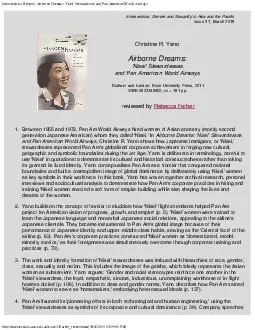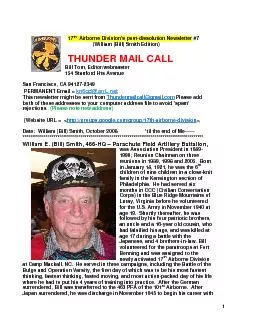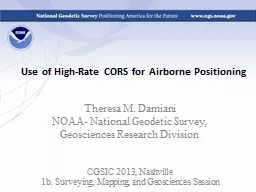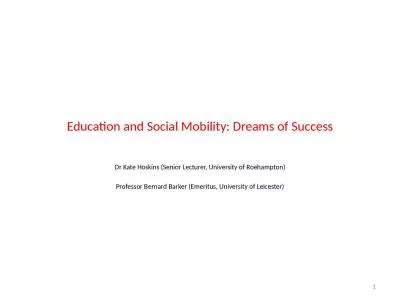PDF-Intersections: Review, Airborne Dreams: 'Nisei' Stewardesses and Pan A
Author : liane-varnes | Published Date : 2015-11-02
Intersections Gender and Sexuality in Asia and the PacificIssue 37 March 2015 Christine R Yano Airborne Dreams Nisei Stewardesses and Pan American World AirwaysDurham
Presentation Embed Code
Download Presentation
Download Presentation The PPT/PDF document "Intersections: Review, Airborne Dreams: ..." is the property of its rightful owner. Permission is granted to download and print the materials on this website for personal, non-commercial use only, and to display it on your personal computer provided you do not modify the materials and that you retain all copyright notices contained in the materials. By downloading content from our website, you accept the terms of this agreement.
Intersections: Review, Airborne Dreams: 'Nisei' Stewardesses and Pan A: Transcript
Download Rules Of Document
"Intersections: Review, Airborne Dreams: 'Nisei' Stewardesses and Pan A"The content belongs to its owner. You may download and print it for personal use, without modification, and keep all copyright notices. By downloading, you agree to these terms.
Related Documents














